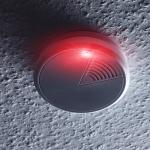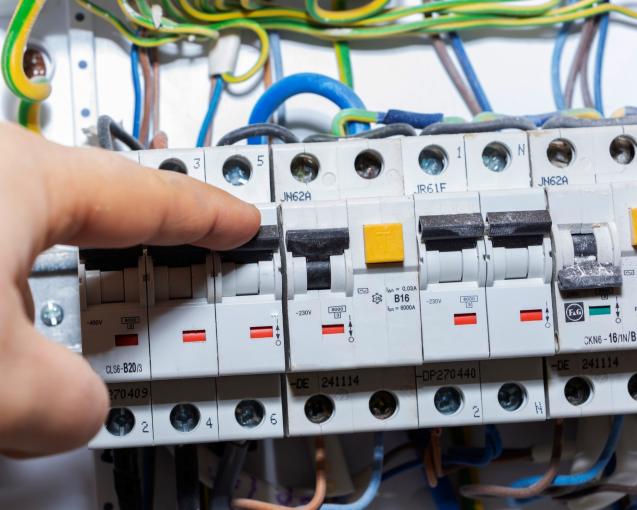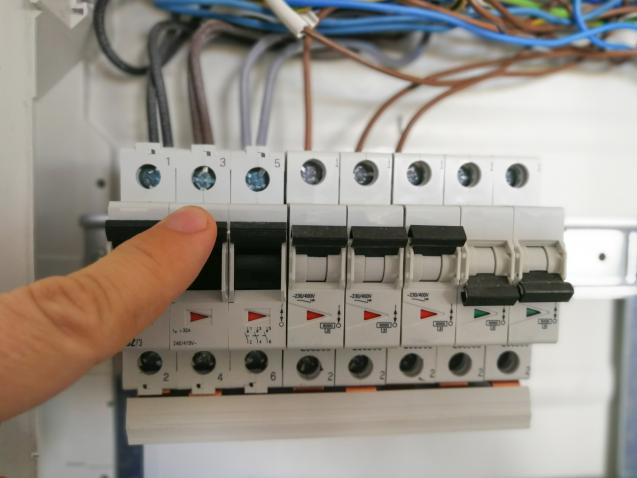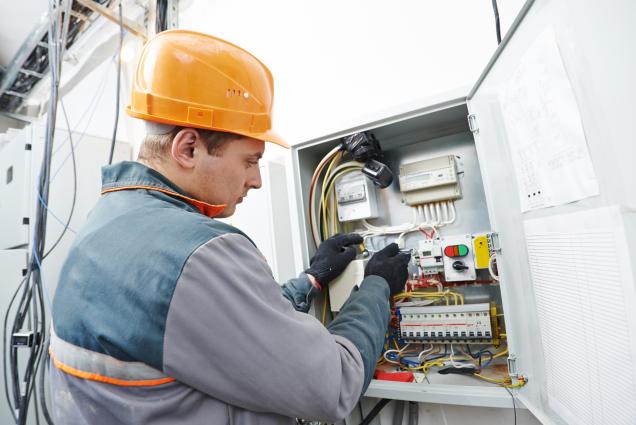
A Guide to Different Types of Smoke Detectors
By Captain Cook Electrical|April 18, 2023
Smoke alarms are a must-have in any home. According to fire research, modern furnishings contain artificial materials that encourage the fire to spread faster and burn hotter than the natural materials in traditional furnishings.
It's, therefore, vital to have enough high-quality smoke detectors positioned in different areas to give you and your loved one the best chance of escape in case of a fire.
If you’re a homeowner seeking to buy or replace smoke detectors, this guide explores the different types of smoke detectors, how they work, and their pros and cons to help you make an informed choice.
What a Smoke Detector Does
A smoke detector senses smoke and alerts you of a potential fire or fire hazard.
Smoke detectors are vital to any home security system, as they provide an early warning about fire in your building.
The Two Types of Smoke Detectors
There are two main types of smoke detectors: photoelectric and ionisation.
Photoelectric detectors use light sensors to detect visible particles, while ionisation detectors use radioactive material to detect invisible particles.
How a Photoelectric Smoke Detector Works
A photoelectric smoke detector contains a small chamber with two metal plates and a light source.
When smoke enters the chamber, it scatters the light, which strikes one of the metal plates and causes an electric current. This triggers an alarm to sound when the current reaches a certain level.
The sensitivity of these detectors is adjustable by changing the distance between the two metal plates within the chamber. If you increase this gap, you’ll get more sensitive readings, so even lower levels of smoke get detected faster.
How an Ionization Smoke Detector Works
An ionisation smoke detector, typically Americium-241, uses radioactive material to detect invisible particles from smouldering fires.
The detector has a small chamber with two metal plates and an alpha particle source, which emits small ions (electrically charged atoms).
When smoke enters the chamber, it disperses these ions across the two plates creating an electric current. If this current exceeds a certain level, it triggers an alarm.
The sensitivity of these detectors is also adjustable. Still, they are best suited for detecting slow-burning fires because they can pick up on smaller particles quicker than photoelectric technology.
Pros & Cons
Pros of Photoelectric Smoke Detectors
They are not well suited for larger spaces, as the detectors must be within a few feet of the smoke source to work correctly.
Pros of Ionization Smoke Detectors
Not as efficient at detecting smouldering fires
It may be prone to false alarms if installed incorrectly or placed too close to sources of steam or cooking fumes.
When protecting your home from fires, smoke detectors are essential to your security system. They provide early warning about potential fire hazards in your home, allowing you to take action quickly and minimise damage.
By pairing photoelectric sensors with ionisation technology, you can maximise the chances of detecting even low levels of smoke quickly while avoiding false alarms triggered by steam or cooking fumes. You’ll need a licensed electrician to help install your new smoke detector for maximum protection.
It's, therefore, vital to have enough high-quality smoke detectors positioned in different areas to give you and your loved one the best chance of escape in case of a fire.
If you’re a homeowner seeking to buy or replace smoke detectors, this guide explores the different types of smoke detectors, how they work, and their pros and cons to help you make an informed choice.
What a Smoke Detector Does
A smoke detector senses smoke and alerts you of a potential fire or fire hazard.
Smoke detectors are vital to any home security system, as they provide an early warning about fire in your building.
The Two Types of Smoke Detectors
There are two main types of smoke detectors: photoelectric and ionisation.
Photoelectric detectors use light sensors to detect visible particles, while ionisation detectors use radioactive material to detect invisible particles.
How a Photoelectric Smoke Detector Works
A photoelectric smoke detector contains a small chamber with two metal plates and a light source.
When smoke enters the chamber, it scatters the light, which strikes one of the metal plates and causes an electric current. This triggers an alarm to sound when the current reaches a certain level.
The sensitivity of these detectors is adjustable by changing the distance between the two metal plates within the chamber. If you increase this gap, you’ll get more sensitive readings, so even lower levels of smoke get detected faster.
How an Ionization Smoke Detector Works
An ionisation smoke detector, typically Americium-241, uses radioactive material to detect invisible particles from smouldering fires.
The detector has a small chamber with two metal plates and an alpha particle source, which emits small ions (electrically charged atoms).
When smoke enters the chamber, it disperses these ions across the two plates creating an electric current. If this current exceeds a certain level, it triggers an alarm.
The sensitivity of these detectors is also adjustable. Still, they are best suited for detecting slow-burning fires because they can pick up on smaller particles quicker than photoelectric technology.
Pros & Cons
Pros of Photoelectric Smoke Detectors
- Low power consumption and cost-effectiveness
- Minimal false alarms
- Superior performance at detecting smouldering fires
They are not well suited for larger spaces, as the detectors must be within a few feet of the smoke source to work correctly.
Pros of Ionization Smoke Detectors
- Cost-effective and easy to install
- Lower power consumption
- They can react more quickly due to their low threshold of detection.
Not as efficient at detecting smouldering fires
It may be prone to false alarms if installed incorrectly or placed too close to sources of steam or cooking fumes.
When protecting your home from fires, smoke detectors are essential to your security system. They provide early warning about potential fire hazards in your home, allowing you to take action quickly and minimise damage.
By pairing photoelectric sensors with ionisation technology, you can maximise the chances of detecting even low levels of smoke quickly while avoiding false alarms triggered by steam or cooking fumes. You’ll need a licensed electrician to help install your new smoke detector for maximum protection.



